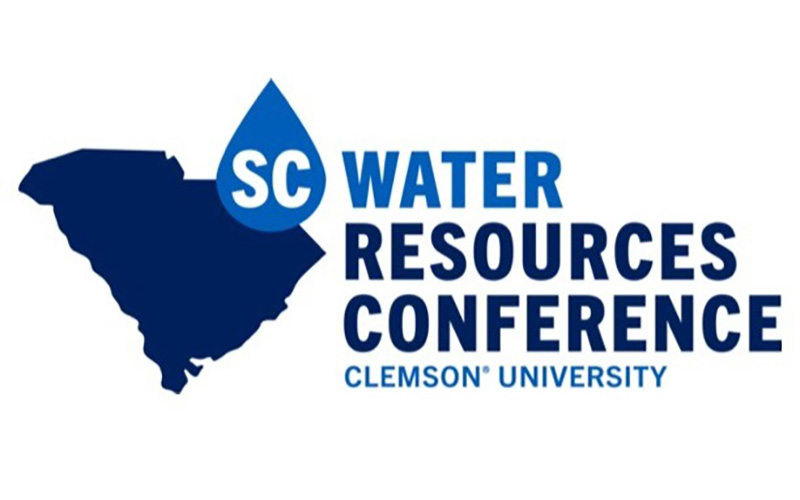Article Type
Full Research Article – Special Issue
Volume
9
Issue
1
Abstract
The application of nature-based solutions to address shoreline erosion and the loss of salt marsh in coastal South Carolina has centered around the creation of intertidal oyster (Crassostrea virginica) reefs that act as natural breakwaters. The installation of such living shoreline materials often results in a rapid accumulation of fine sediments, followed by wild oyster recruitment to suitable materials, and then more gradually the growth of salt marshes (primarily Spartina alterniflora). Leveraging more than two decades of oyster reef restoration and living shorelines research at the South Carolina Department of Natural Resources, this study quantitatively assessed performance rates for both percent oyster cover and marsh protection in relation to reef age. Determining such rates will serve to inform the expectations of prospective adopters of living shorelines as to the timeframes of some of the biological processes, as measures of performance success, that will occur following material installation. Performance success was investigated in terms of recruitment of oysters to installed materials and the creation of new marsh habitat or protection of existing marsh from erosion. Reef age was an important determinant of reef “success”, with significant relationships between reef age and both performance success metrics. Percent oyster cover reached 40% by two years post-installation and 50% by four years post-installation, indicative of high rates of oyster recruitment. The relative marsh protection rate of living shorelines compared to unprotected reference plots was 0.4 m yr-1 Reef performance differed based on bank substrate firmness, bank width, shoreline morphology, and location relative to the Intracoastal Waterway (ICW). Firmer bank substrate was associated with greater percent oyster cover. Broader bank width was associated with greater marsh protection. Higher percent oyster cover measurements were observed on straight, natural shorelines and reefs located along the ICW. Reefs located on the ICW were also associated with greater marsh protection than reefs at non-ICW sites. Further, this study demonstrates that bagged oyster shell reefs are capable of providing shoreline protection services for more than a decade and can endure multiple intense storm events. The results of this study were also used to facilitate the implementation of new living shoreline regulations in coastal South Carolina in the hope of broadening adoption of this approach to addressing shoreline erosion and salt marsh habitat loss.
Takeaway(s)
none
Recommended Citation
Kingsley-Smith, Peter R.; Tweel, Andrew W.; Johnson, Sharleen P.; Sundin, Gary W.; Hodges, Michael S.; Stone, Benjamin W.; Sorg, Gregory D.; and Sanger, Denise M.
(2023)
"Evaluating the Ability of Constructed Intertidal Eastern Oyster (Crassostrea virginica) Reefs to Address Shoreline Erosion in South Carolina,"
Journal of South Carolina Water Resources: Vol. 9
:
Iss.
1
, Article 3.
Available at:
https://open.clemson.edu/jscwr/vol9/iss1/3






